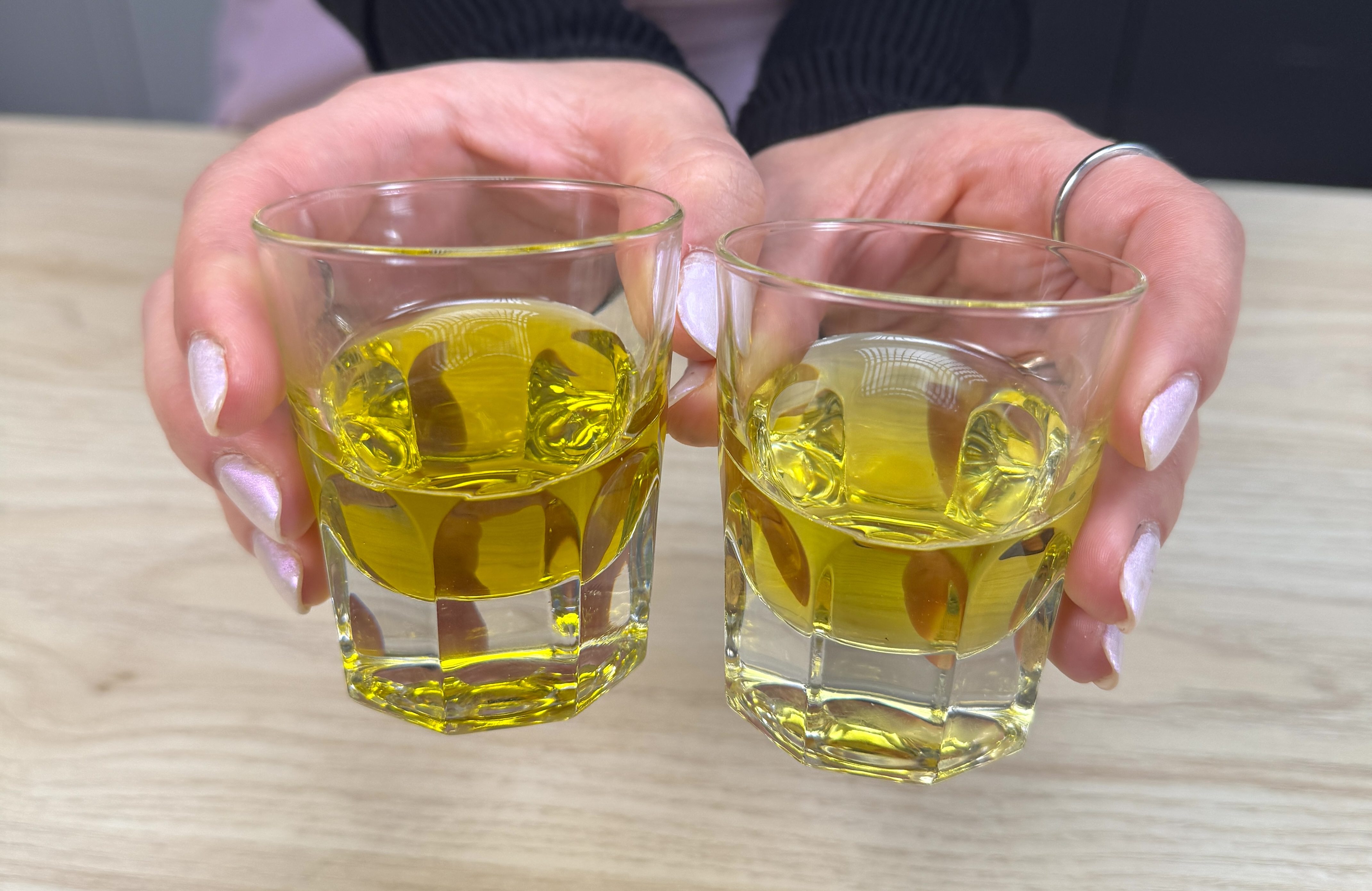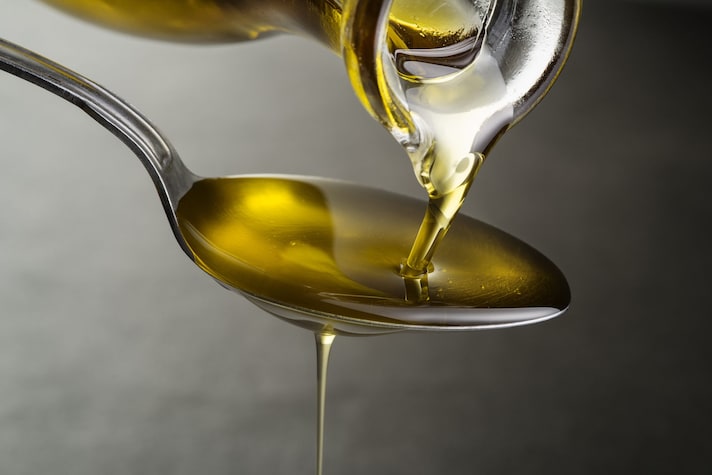The Surprising Truth Behind Olive Oil Color: What It Really Says About Quality
Olive oil color reveals more than just visual appeal—it’s a key indicator of quality, taste, and health benefits. The varying hues, from green to golden to amber, reflect factors like harvest time and olive variety. Understanding these nuances can help you choose the best oil for both flavor and nutrition while ensuring optimal freshness.
;Resize,width=742;)
Ever noticed the vibrant green, golden, or even amber hues of olive oil and wondered what it all means? Olive oil color isn’t just for visual appeal, it’s a key indicator of olive oil quality. In this article, we’ll explore the surprising connection between olive oil color and its quality, taste, and nutritional value. Keep reading to uncover the truth behind this essential kitchen staple!
What Does Olive Oil Color Really Mean?
Olive oil color can reveal a lot more than just aesthetics. It gives us insights into harvest time, olive variety, and even quality. While many people focus on the oil's taste, its color plays a crucial role in determining its overall quality. Here’s how to decode the different hues of olive oil:
The Color Spectrum of Olive Oil
- Green Olive Oil: Green olive oil typically comes from olives that are harvested early in the season, when they’re still unripe. This type of oil is usually bolder, more bitter, and packed with antioxidants like polyphenols. It tends to have a rich, fruity flavor and is considered higher quality due to its higher nutritional content.
- Golden or Yellow Olive Oil: Olive oil that’s golden or yellow is usually made from ripe olives. These oils are typically milder, with less bitterness and a smoother, more delicate taste. While this oil is still of good quality, it often lacks the stronger, more complex flavors found in greener oils.
- Amber Olive Oil: A darker, amber hue in olive oil can indicate oxidation or aging. If the oil is darker than usual, it might suggest the oil has been improperly stored or is past its prime. Amber-colored oil is often a sign of diminished quality and flavor.
Key Factors Influencing Olive Oil Color
Several key factors determine olive oil color, and understanding them can help you choose the best product:
Olive Variety: Different types of olives produce oils with varying hues. For instance, oils made from Picual or Frantoio olives tend to be green in color, while those from Arbequina olives are often golden.
Harvest Time: Olive oil color is strongly influenced by when the olives are harvested. Early-harvest oils are darker and more robust, while oils from later harvests tend to be lighter in color and flavor.
Storage Conditions: Light, heat, and oxygen can cause olive oil to lose its color and nutrients. Properly stored olive oil in a cool, dark place will retain its vibrant color and freshness for longer.

How Does Olive Oil Color Affect Its Taste and Health Benefits?
The color of olive oil affects more than just its appearance, it influences both its taste and health benefits. Green olive oils, for instance, tend to have a more robust, bitter flavor due to higher levels of polyphenols. These compounds give the oil its signature peppery kick and make it ideal for dishes where the oil’s flavor is meant to stand out. On the other hand, golden olive oils are typically milder, with less bitterness, making them a great choice for lighter dishes or as a finishing touch to salads, where the oil’s flavor doesn’t overpower the meal.
When it comes to health benefits, green olive oils, which are often made from early-harvest olives, are rich in polyphenols—antioxidants known for supporting heart health, reducing inflammation, and offering anti-aging properties. Yellow olive oils, while still nutritious, tend to have fewer antioxidants but are still beneficial thanks to their high content of monounsaturated fats, which also promote heart health.
Is Olive Oil Color a Reliable Indicator of Quality?
While color can be a helpful hint, it’s just one piece of the puzzle. When choosing the best olive oil, make sure to consider other factors that determine quality:
- Look for Extra Virgin Olive Oil (EVOO): Always opt for extra virgin olive oil when looking for the highest quality, as it’s made from pure, cold-pressed olives without any additives.
- Harvest Date Matters More Than Color: Freshness is key—always choose oils with a recent harvest date. The fresher the oil, the better its flavor and nutritional value, regardless of whether it’s green or yellow.
- Storage Conditions: Make sure the oil is stored in dark, glass bottles and check the expiration date. Exposure to light and air can cause the oil to degrade, which also affects its color.

How to Choose the Best Olive Oil for Your Needs
To ensure you’re picking the best olive oil, keep these tips in mind:
- Choose Extra Virgin Olive Oil: This is the highest quality oil, made with minimal processing to retain its flavors and nutritional value.
- Don’t Be Fooled by Color Alone: While green olive oil can indicate high quality, yellow oils are still excellent if stored correctly and made from ripe olives.
- Look for Freshness: Always check the harvest date and buy oils with shorter shelf lives to ensure they’re at their peak.
- Consider the Bottle: Buy oils in dark glass bottles to prevent light from degrading the oil.
;Resize,width=767;)
;Resize,width=712;)
;Resize,width=712;)
;Resize,width=712;)
